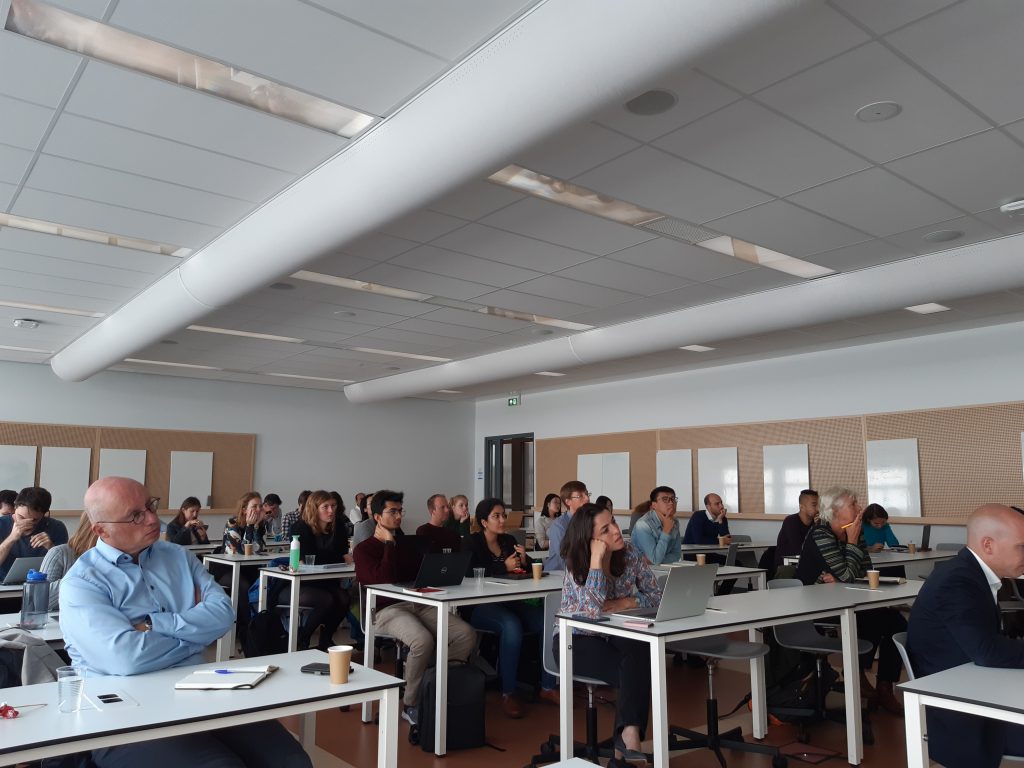On the 17th of September Danique Ton has defended her thesis entitled ‘Unravelling mode and route choice behaviour of active mode users’ at the Delft University of Technology. Her thesis will soon be available and can be found in the repository of the TU Delft. We are happy to see that she passed this final hurdle with flying colours and wish the young new doctor all the best in her new position as a postdoc in our department.

In the morning, TRAIL organised a nice seminar to highlight this occasion, which was attended by more than 40 participants from TU Delft and other knowledge institutes in the Netherlands. Four experts in the field of travel behaviour modelling presented recent developments and applications. Prof. Patricia Mokhtarian presented a latent-class regression approach to determine the role of attitudes in perceptions of bicycle facilities. Prof. Elisabetta Cherchi studied latent constructs to model travel choice behaviour. Prof. Shlomo Bekhor discussed a new frequency-based transit assignment model which can consider online information and capacity restrictions. Prof. Bert van Wee closed the workshop with an introduction of a new concept in the field of policy-making for travel behaviour, namely that of ‘substitutability’.





